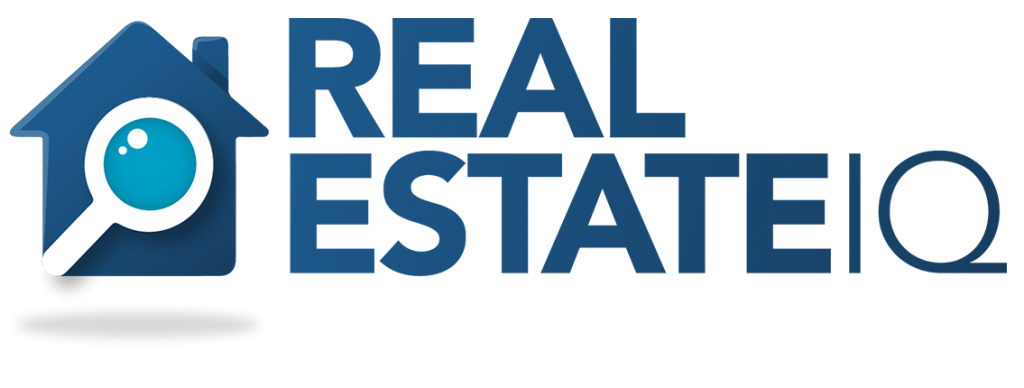Welcome to another week of real estate terms! We’re about to add to our glossary the word “home inspection,” but since it kind of defines itself, we’ll go a little further and explain what it consists of, what to expect from it, and also a checklist to have at hand if needed!
First of all, let’s start with the basics. A home inspection is a procedure by which a buyer can know a real estate property’s condition. It’s typically conducted by a qualified home inspector when a home is on the market and, as a result, he or she handles a written report with its results.
Usually, it’s done after a purchase agreement. Buyers show their intent to acquire the property but with contingencies (we talked about what contingent means here!). This way, they have time to contact an expert to assess the property and then evaluate their position. Though it seems more helpful to the buyer -since they get to renegotiate the price, ask for repairs, or even refuse to keep going with the sale- it could also allow the seller to renovate or fix an issue to increase the market value of the property. In this case, homeowners conduct home inspections before putting their property on the market.
What does a home inspection consist of?
A home inspector observes the general condition of a property. Though the buyers pay for this assessment, it’s critical to conduct it. The reason is that a few bucks spent here could save a lot of money later if a major issue is spotted. Once they know about the problem, they can redefine their position (and their demands). Also, they can withdraw their offer without penalties.
But what do home inspectors look for? According to the American Society of Home Inspectors (ASHI), the experts have two main topics to review: infrastructure and plagues. On the one hand, they check foundations, heating and cooling systems, plumbing, electrical work, water, sewage, insulation, walls, ceilings, floors, windows, and doors. They also look at fire and safety damage or problems. On the other hand, they search for evidence of insects. To sum up, they ensure the property is up to code. And, as you can see, knowing beforehand of any of these issues could save the buyer a lot of money.
Though it depends on the property’s size and condition, an inspection can last two to four hours on average, and, ideally, buyers should be present, so they get a personal explanation of the findings. After that, the report could be expected in a couple of days. Inspectors may also flag issues as minor or major defects and things that should be monitored in the future. Furthermore, they might advise buyers on the routine maintenance of the property.
Home inspection checklist
The ASHI standard of practice includes:
- Structural system (including the foundation and framing).
- Exterior (including but not limited to coverings, exterior doors, attached decks and balconies, vegetation).
- Roof system (including roofing materials, roof drainage systems, flashing, skylights, chimneys, and roof penetrations).
- Plumbing systems (including interior water supply and distribution systems, interior drain, waste and vent systems, water heating equipment and hot water supply systems, vent systems, flues, chimneys, fuel storage and distribution systems, sewage ejectors, and more).
- Electrical system (including service drop, equipment, main disconnects, interior components of service panels and subpanels, conductors, lighting fixtures, switches, receptacles, and circuit interrupters).
- Heating system (including installed heating equipment, vent systems, flues and chimneys, and distribution systems).
- Air conditioning system (including central and permanently installed cooling equipment and distribution systems).
- Interior (including walls, ceilings, floors, steps, stairways, railings, countertops, cabinets, doors, windows, garage vehicle doors, installed ovens, dishwashing machines, and food waste grinders).
- Insulation and ventilation (including insulation and vapor retarders in unfinished spaces, ventilation of attics and foundation areas, kitchen, bathroom, laundry, and clothes dryer exhaust systems).
- Fireplace and SFBA (including fuel-burning fireplaces, accessories stoves and fireplace inserts, and chimneys and vent systems).
Home inspection vs. Appraisal
Sometimes, real estate terms can be confusing. In this particular case, it’s crucial to notice that a home inspection is not the same as an appraisal. As defined by ASHI, “a home inspection is an objective visual examination of a house’s physical structure and systems, from the roof to the foundation.” In contrast, an appraisal is a valuation of a property.
They are both essential, but different professionals conduct them. The first one will save buyers from unpleasant surprises, while the second one is scheduled by lenders and could influence taxes and the amount of money borrowed to buy a home.
Disclaimer: The blog articles are intended for educational and informational purposes only. Nothing in the content is designed to be legal or financial advice.
Sources:
https://www.homeinspector.org/Buyers-And-Owners/Homebuyers-Guide/FAQs-about-Home-Inspection
https://www.homeinspector.org/Resources/Standard-of-Practice
https://www.investopedia.com/terms/h/home-inspection.asp
https://www.businessinsider.com/personal-finance/home-inspection#what-is-a-home-inspection



